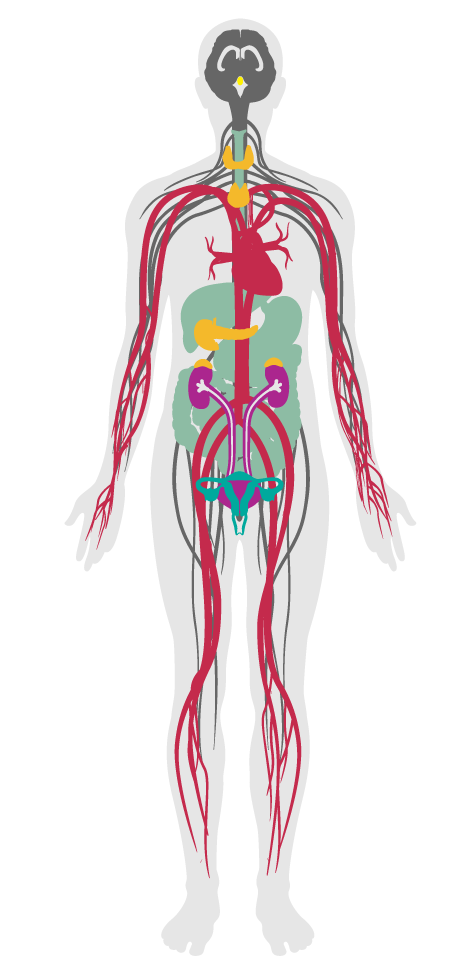Agricultural contaminants
33. Agricultural contaminants
To limit the presence of agricultural contaminants in drinking water.
A U.S. Geological Survey conducted in the 1990s detected pesticide compounds in virtually every stream in agricultural, urban and mixed- use areas, as well as in 30-60% of the groundwater. These chemicals may enter the water supply from agricultural and storm water runoff, and their exposure has been linked to kidney, thyroid, gastrointestinal and reproductive effects. Atrazine, one of the most widely used pesticides, is a suspected endocrine disruptor and is associated with cardiovascular difficulties. Long-term exposure to glyphosate, a widely used herbicide, may lead to kidney problems and reproductive difficulties. If detected, these contaminants can be removed with carbon filters.
All water being delivered to the project area for human consumption (at least one water dispenser per project) meets the following limits:
All water being delivered to the project area for human consumption (at least one water dispenser per project) meets the following limits:

Applicability Matrix
| Core & Shell | New & Existing Buildings | New & Existing Interiors | |
|---|---|---|---|
| Part 1: Herbicides and Pesticides | P | P | P |
| Part 2: Fertilizers | P | P | P |
| Commercial Kitchen | Education | Multifamily Residential | Restaurant | Retail | |
|---|---|---|---|---|---|
| Part 1: Herbicides and Pesticides | P | P | P | P | P |
| Part 2: Fertilizers | P | P | P | P | P |
Verification Methods Matrix
| Letters of Assurance | Annotated Documents | On-Site Checks | |
|---|---|---|---|
| Part 1: Herbicides and Pesticides | Performance Test | ||
| Part 2: Fertilizers | Performance Test |
| 33.1.a |
The California Environmental Protection Agency regulates Atrazine in drinking water to a Maximum Contaminant Level of 0.001 mg/L. |
| 33.1.b |
The WHO Guidelines for Drinking Water Quality set a guideline value for Simazine concentrations at 0.002 mg/L. |
| 33.1.d |
The EPA's Drinking Water Standards and Health Advisories set a Maximum Contaminant Level for 2,4-Dichlorophenoxyacetic Acid concentrations at 0.07 mg/L. |
| 33.1.c |
The EPA's Drinking Water Standards and Health Advisories set a Maximum Contaminant Level for Glyphosate concentrations at 0.7 mg/L. |
| 33.2.a |
The EPA's Drinking Water Standards and Health Advisories set a Maximum Contaminant Level for Nitrate (as N) concentrations at 10 mg/L. |
